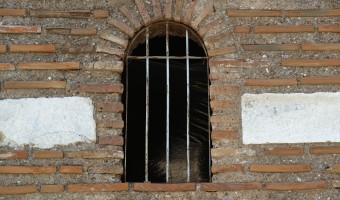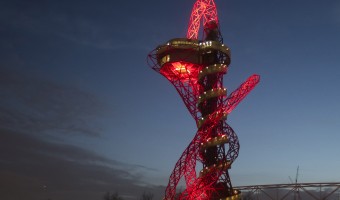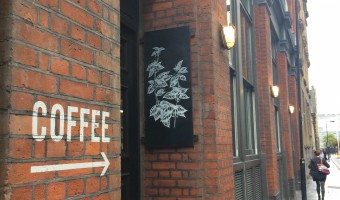(or at least one of them)
The history of the Docklands is an astonishing one and should be part of everyone’s itinerary. The modern day docks are part gentrified and part working class – but are 100% compelling. When visitors alight at Tower Hill tube station they have a few options. They can follow the crowds toward the impressive Tower of London and their distinctive Beefeaters or take a sharp left, bypass the old Roman City walls and head toward the old Docks and the gateway to the Isle of Dogs in Limehouse (which takes its name from the lime kilns that operated from the mid-14th century which turned chalk into quicklime for the capital's burgeoning building industry). A couple of centuries later ships were constructed at Limehouse and a wealthy new class of traders and ships victuallers sprung up in close proximity. As time passed merchants, traders and shipwrights turned the area into a thriving community.
The place positively heaves with ancient stories and history stretching back to a time from when the Vikings first landed to displace King Alfred. Visitors can find London's oldest canal, the first Chinatown and Hawkesworth’s greatest triumph - St Anne’s Church in Limehouse. If you want more then just walk and discover some more of London hidden gems.


St. Katherine Dock
As you leave the City boundaries with the Tower on your right go through the entrance to London Docks, where you can pick up the Thames Path and enjoy another great river view. The visitor staples of Tower Bridge and the HMS Belfast provide a compelling backdrop. Here you can enjoy your first pint of your Docklands walk in the fabled Dickens Inn. It is not known if the great man ever drank here but what is known is that this was once an old warehouse that probably housed tobacco. You might even be enticed by some of the aromas of Northern Indian cuisine in the nearby Mala Indian restaurant in Marble Quay. If dining in an authentic medieval atmosphere is more to your taste try the Medieval Banquet in Ivory House.
Tobacco Dock
Carry on through King Edward VII Memorial Park and turn left into Wapping. Visitors can try another beer in the Prospect of Whitby and look for the hangman’s noose over the river at the back of the public bar. Then walk on up Wapping Wall to Wapping Lane. On this lane lies the beautiful St Peter’s London Docks (from the 1850s) and Tobacco Dock. Carry on up ‘The Wall’ and do not miss the famous ‘Old Stairs’ leading down to the river which once carried pirates and merchant alike. Close by visitors will come across Execution Dock where numerous pirates including Captain Kidd dangled and ultimately rotted on the foreshore.
Free Trade Wharf
The residential riverside frontages are hard to ignore, but some of the architecture is well worth observing. Look out for the ancient portal down to the riverside where many a ‘new world’ hopeful departed -part of one of the biggest mass migrations in history. Dead ahead rises the 1970s red-brick mass of Free Trade Wharf adjacent to what remains of Gun Powder Dock and from where the East India Company dispatched its police force to the subcontinent.
Limehouse
By the time you get to Canary Wharf station you will have arrived in the vanguard of London’s banking engine room - all shining steel and smoked glass. Walk to the river at Westferry and turn right for Limehouse where you can step back in time again and find the Lime Kiln Wharf a romantic little inlet of Dickensian legend. Inland lies another hidden gem the beautiful baroque church of St Anne’s (well hidden in plain sight). For visitors looking for a more energetic and outdoors activity in LImehouse – Moo Canoes is an obvious stop where their distinctive river craft can be hired by the hour or half day.
The docklands are by no means the best known of London’s tourist attractions but they really do have something for everyone and should be on the trip plan of every visitor looking for that special experience.
 The Famous Docklands Walk
The Famous Docklands Walk


.jpg)
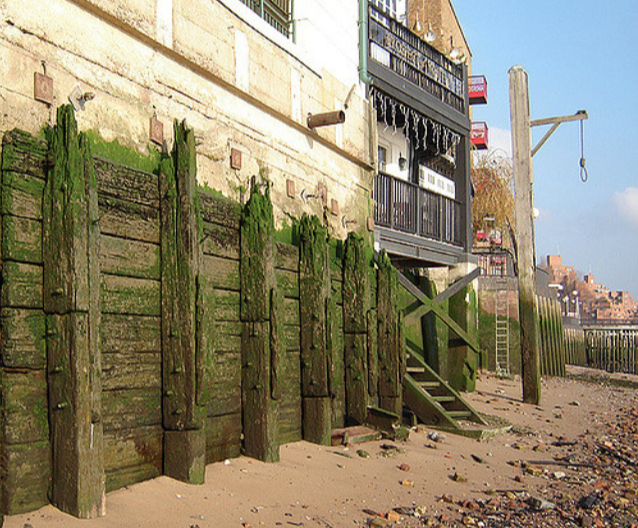
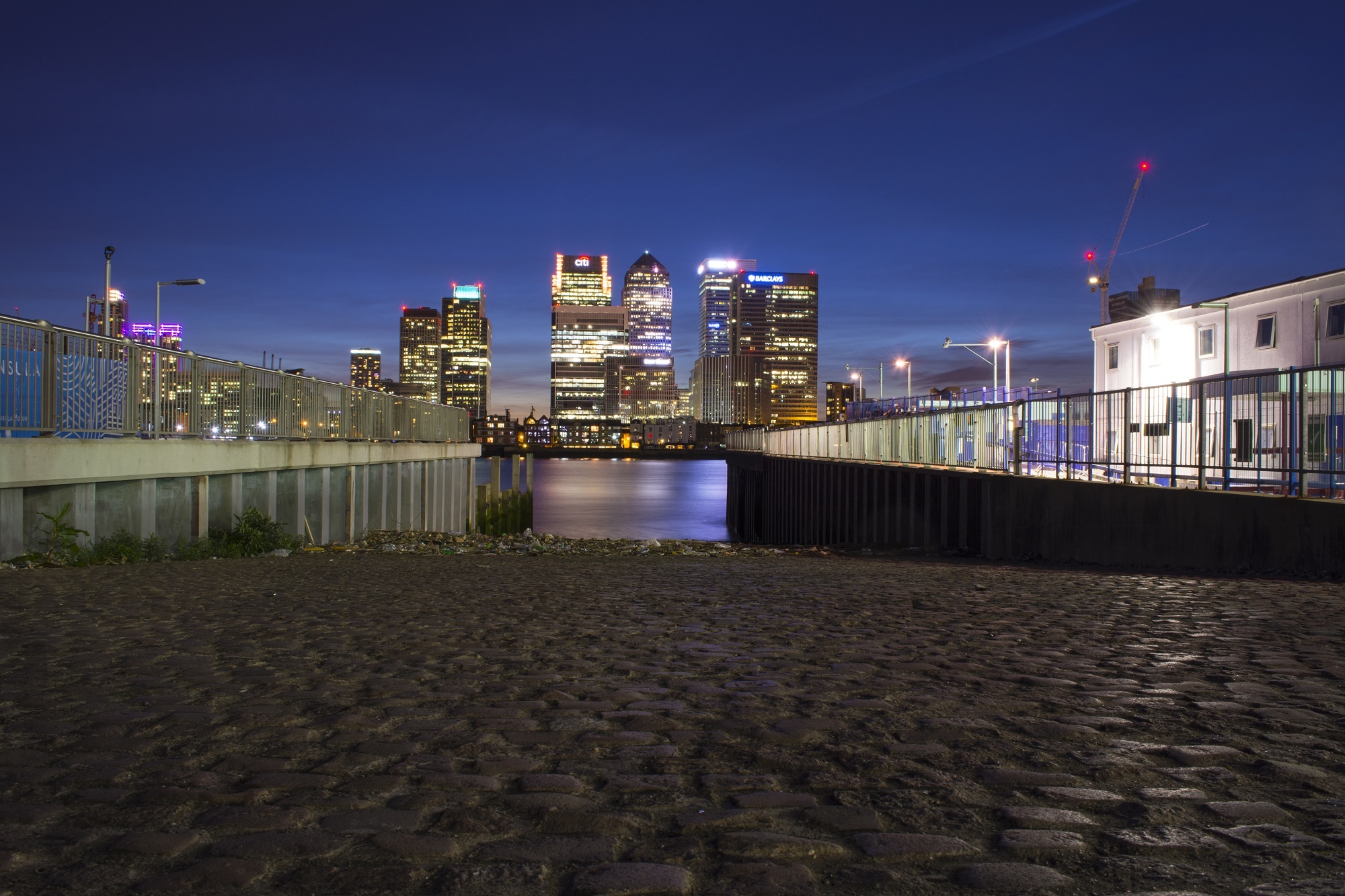
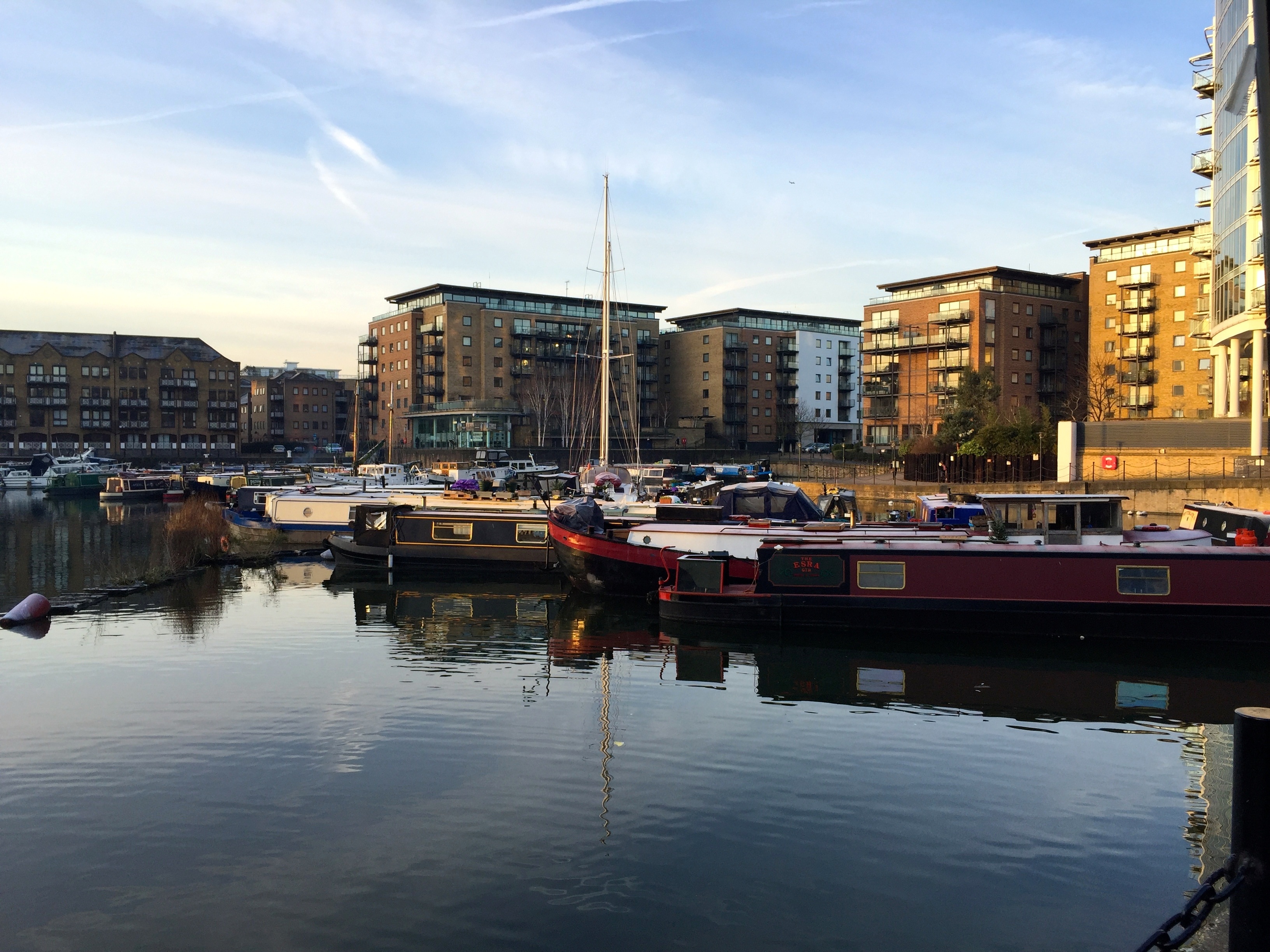

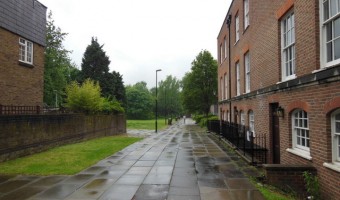
.jpg)
 Load more triptoids
Load more triptoids